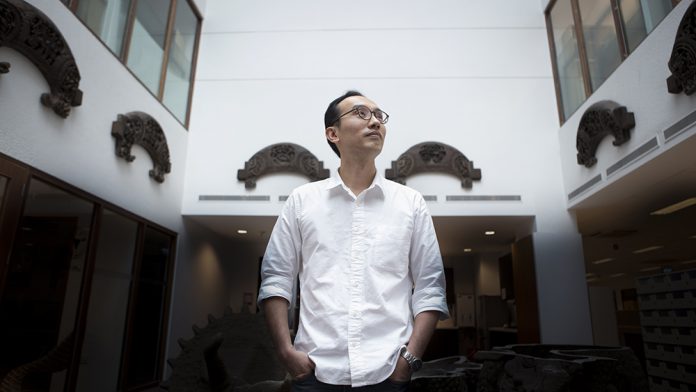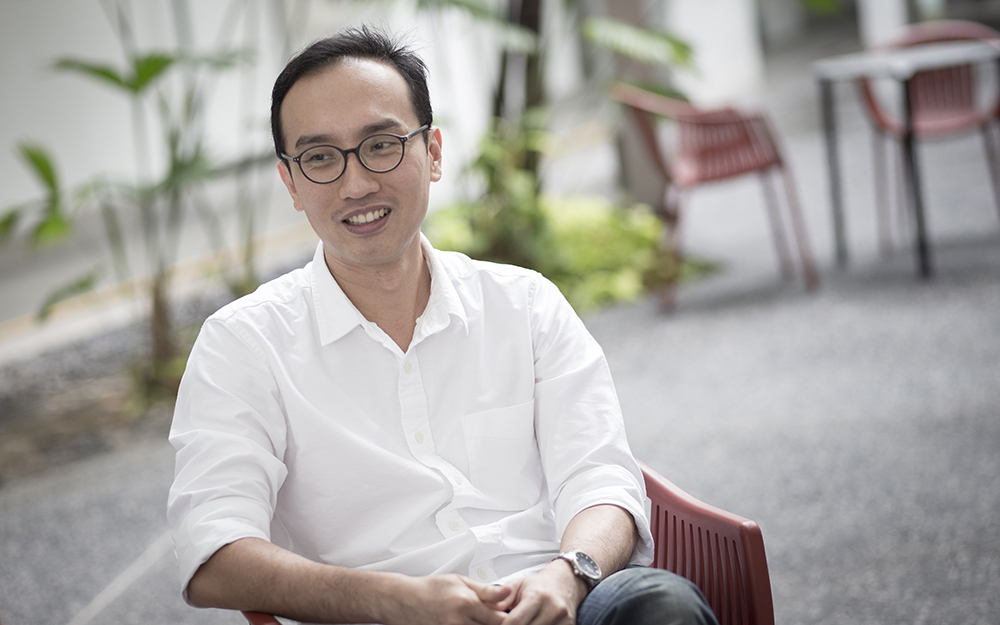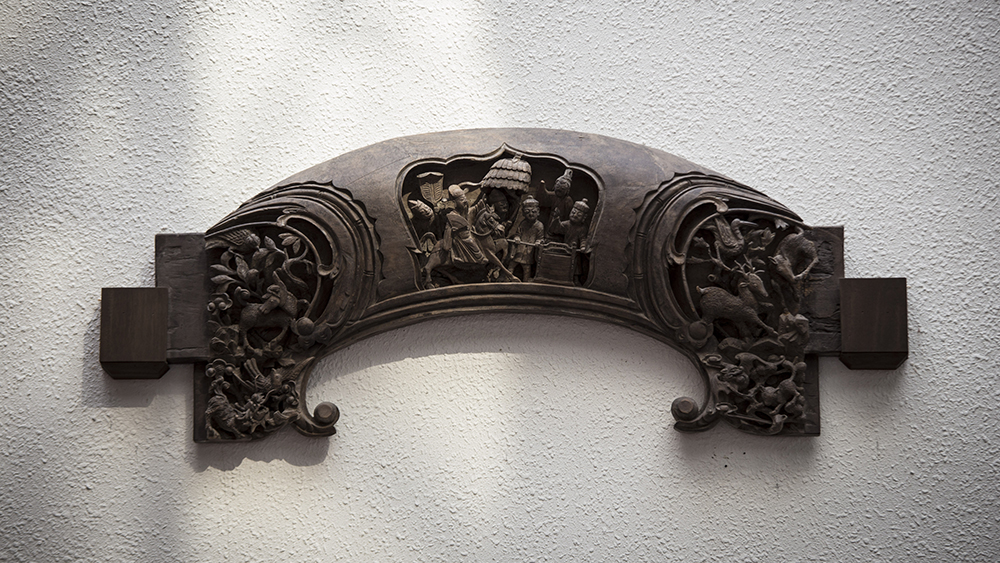Modern, futuristic and cutting-edge are words that you’d use to describe our new SUTD East Coast Campus. As you explore the campus, you might be surprised to discover places that bring you back to ancient China — these are antique Chinese structures, donated to SUTD by Jackie Chan, that have been carefully preserved and restored to their former glory.
We wanted to find out more about these historical structures, and who else better to speak to than Professor Yeo Kang Shua, who is one of the key leaders for this conservation project.
“The very act of preserving something is also creating something new.”
— Professor Kang Shua
Over the past few years, Professor Kang Shua and his team have worked hard to make the project a reality. Today, there are four antique Chinese structures integrated beautifully into the new, modern SUTD campus — an opera stage, a pavilion and two houses.
It all started in 2009 when Professor Kang Shua was approached by SUTD to come onboard to lead this project. In fact, Teck Leong, one of SUTD’s first employees, was one of the two gentlemen that met with Professor Kang Shua, then working at the Preservation of Monuments Board.
Professor Kang Shua had always wanted to return to academia. The opportunity to work with a new university was an exciting one, especially one that combined both of his passions — architecture and conservation. The team flew off to Hong Kong to meet the donor and to see the actual structures in-person.
“The challenge was that the donor had collected them over 20 years ago. The houses had been dismantled and were stored in a warehouse. All we had was a very old photograph, and no architectural plans,” shared Professor Kang Shua.
“You go to the warehouse. All you see are piles and piles of timber, piles and piles of stone… basically, it’s a jigsaw puzzle!”
— Professor Kang Shua
He started by sketching a rough plan of the structures. “By experience, you’ll know which are the beams and which are the columns. So you count the number of columns, and you’ll know how many bases there are.” From these plans, Professor Kang Shua and team could develop a more thorough plan involving transportation, restoration, and the budget.
A more accurate architectural plan was created after the individual pieces were measured by lasers and categorised carefully. By now, the team had a nearly complete picture of how the buildings once stood. They worked closely with consultants from China to fill in the final gaps. Interestingly, the specialist craftsman who was to rebuild the house was the very same person who had taken it down 20 years ago!
The team also worked closely with Campus Development, to ensure that the buildings were integrated well into the new SUTD campus. Professor Kang Shua took care to make sure that the buildings integrated modern techniques with traditional elements — electricity of course, and other safety features.
Social spaces are features of the new campus that are very important to Professor Kang Shua. Space and a sense of community come hand-in-hand. It is important to design features like the walkways and the courtyards to foster interaction between people within the community.
Professor Kang Shua likes the semi-outdoor spaces back at the Dover Campus — the terraces for example. He appreciates how design can and should be thoughtfully applied to the spaces we occupy. For example, the huge fans mounted above the terrace provide ventilation, while maintaining a natural, relaxed environment, outside of air-conditioned rooms, for people to meet. He likes how the new campus has many of these features as well.
He hopes to inspire his students to learn from our history and heritage, and apply it in exciting ways for the future. The success of this conservation project serves as a permanent and outstanding example of what we can achieve. Surely, there’s more to come and more for us to do.



































